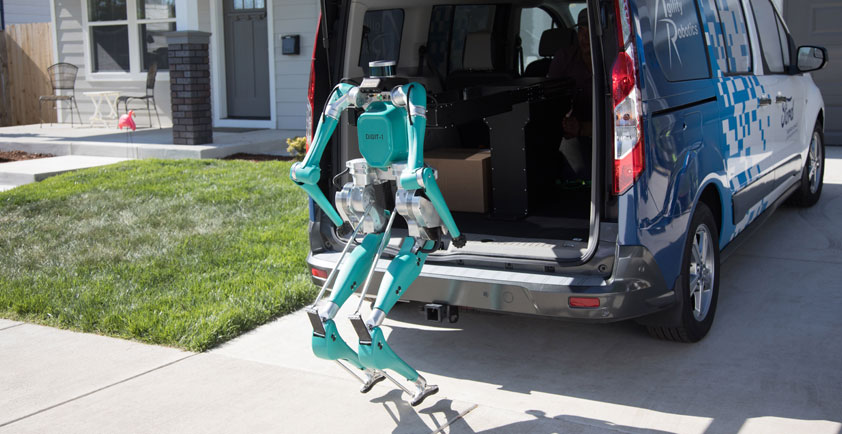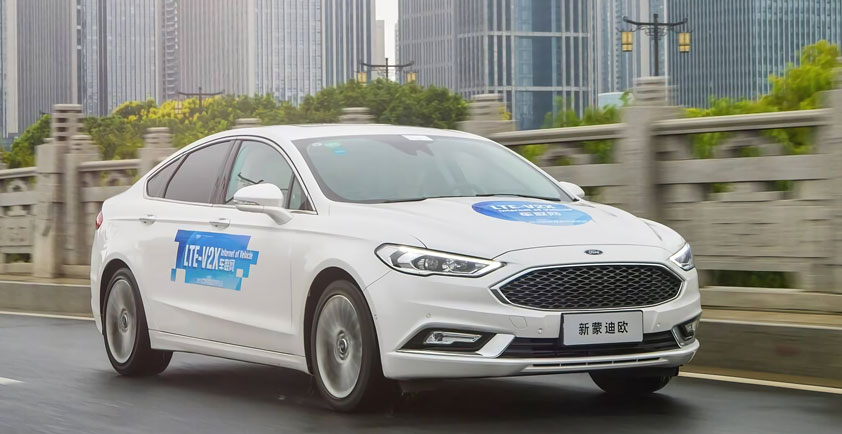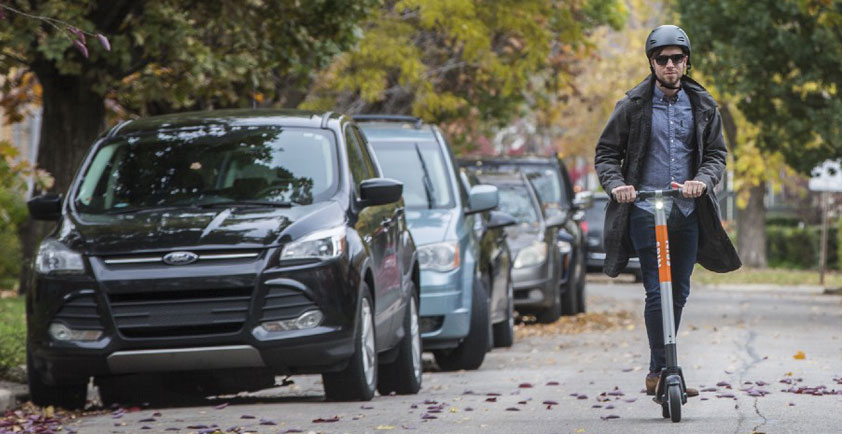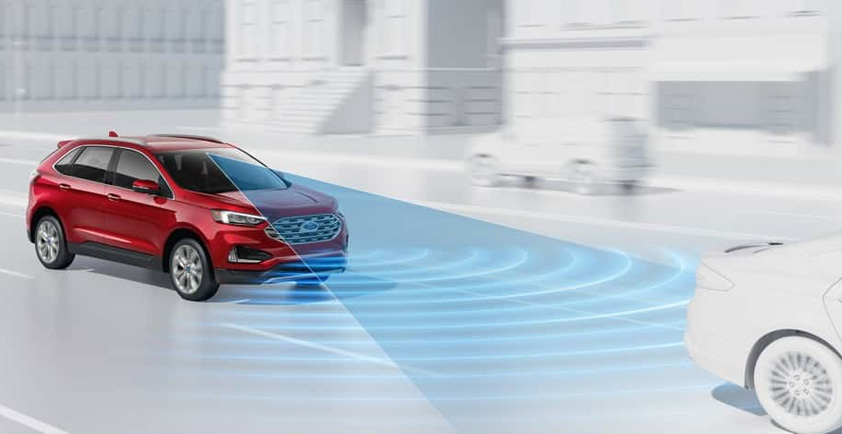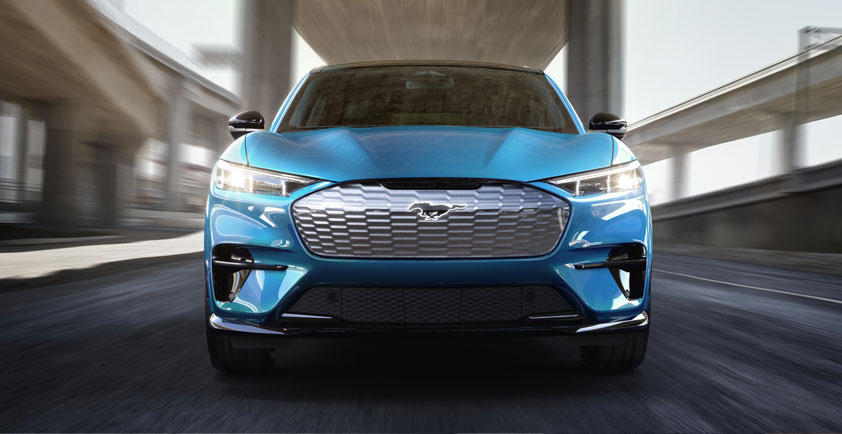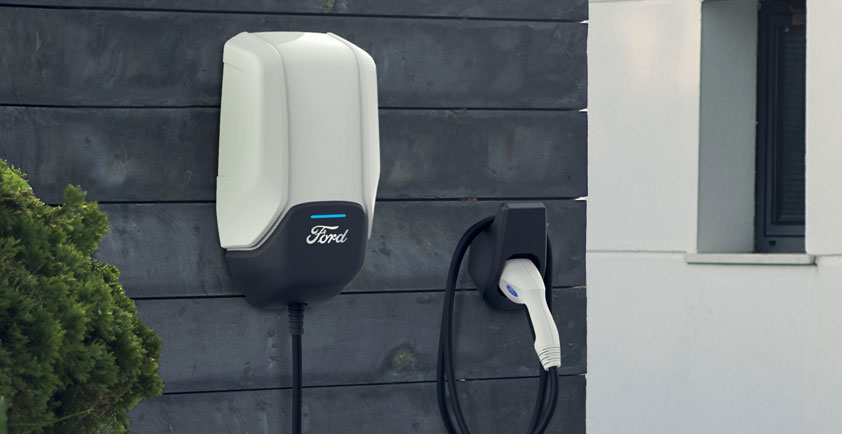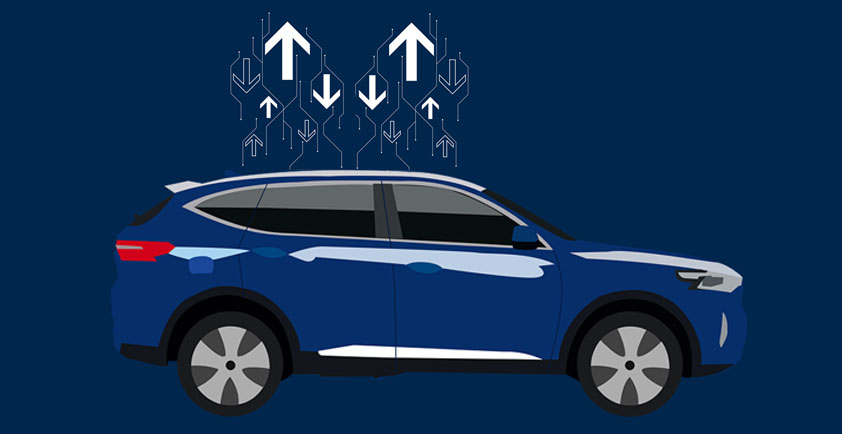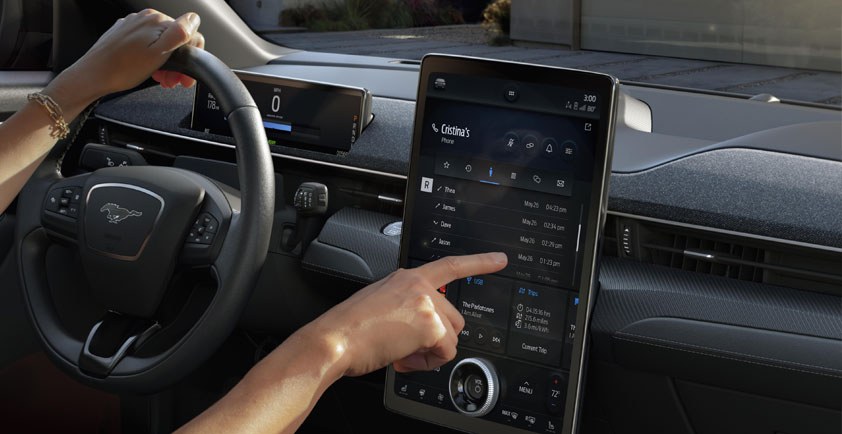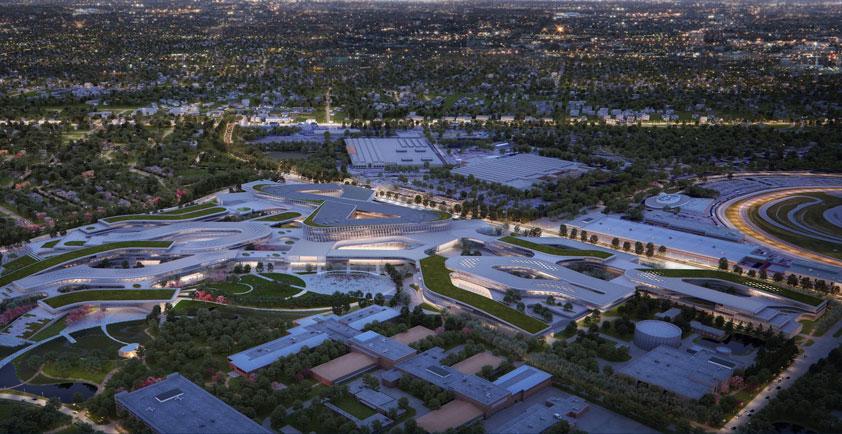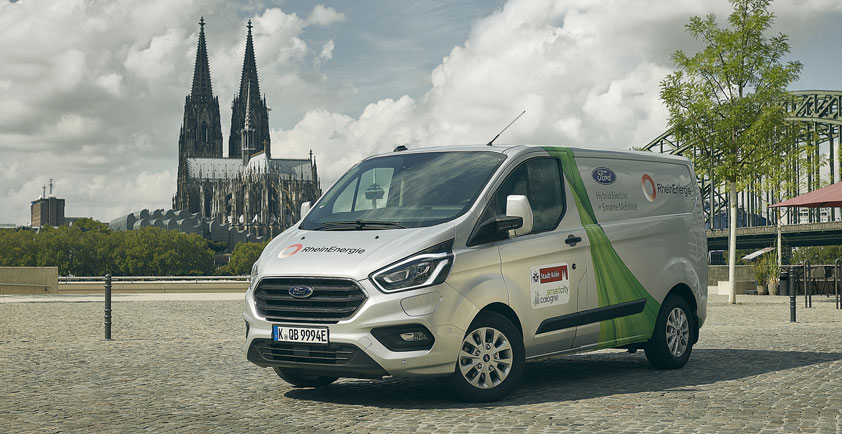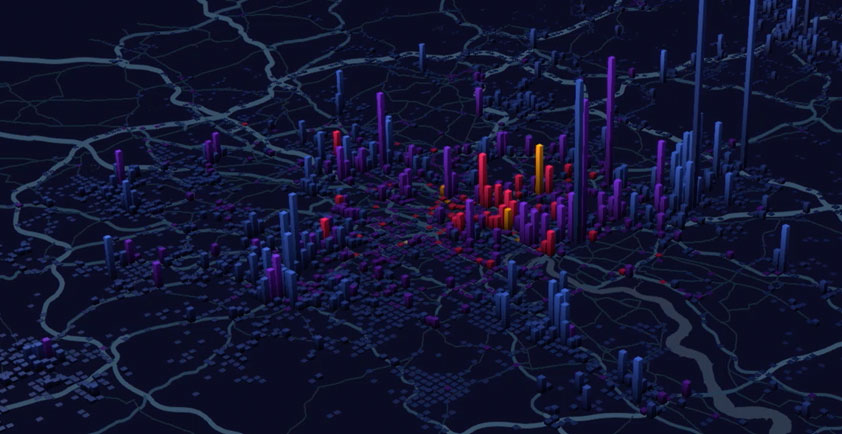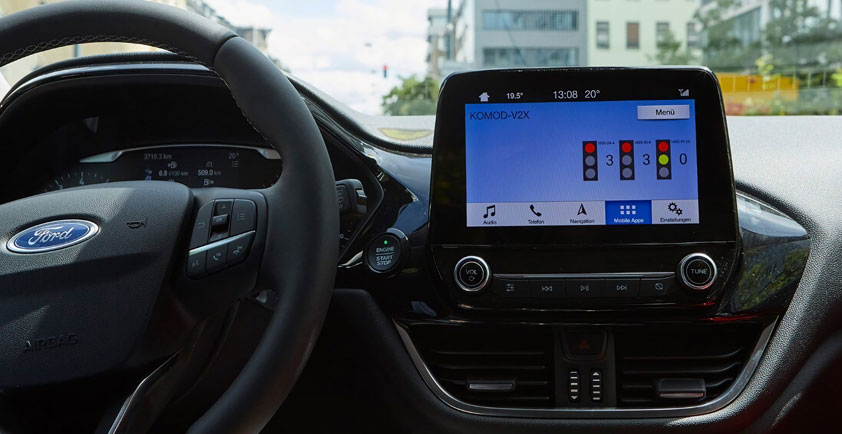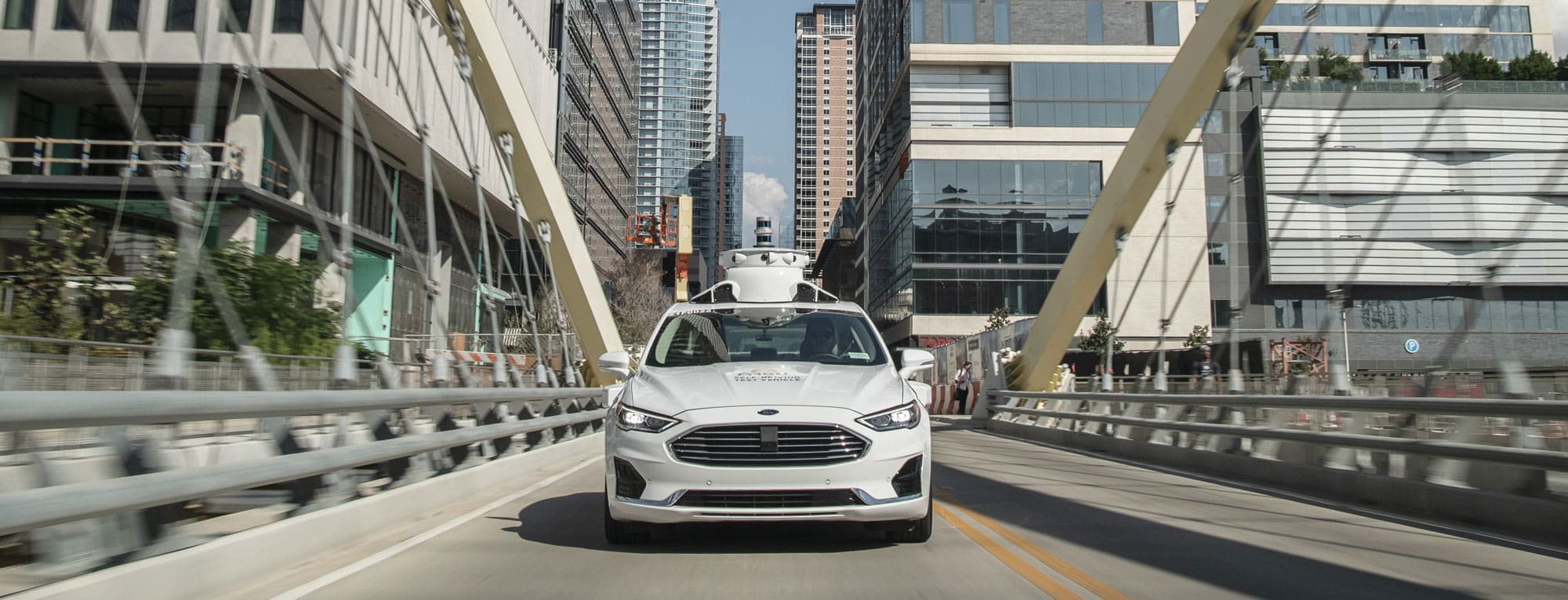
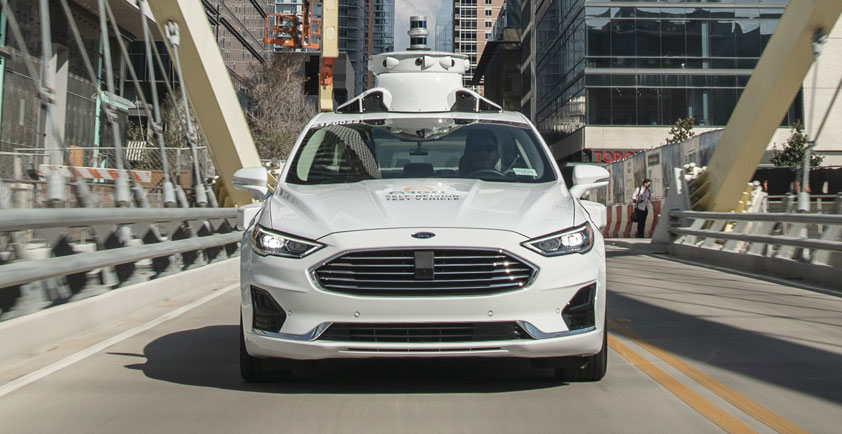
AUSTIN, HERE WE COME
As the first city to allow a self-driving test vehicle on public streets, Austin is no stranger to experimentation. And we think now is the perfect time to continue exploring how this technology can become an important part of a city’s transportation infrastructure — and make people’s lives easier.
At Ford, we’re excited to announce Austin will become our third launch market for self-driving vehicles, along with Miami-Dade County and Washington, D.C. It’s easy to love Austin for the live music, its emergence as a prominent tech hub and even the bats. We are excited to bring more transportation solutions to a growing city that is beloved by visitors and community members alike.
In each of the last eight years, Austin has been the fastest growing metro region in America, according to the U.S. Census Bureau. That growth has been felt by residents, as it provides new jobs as well as a diverse food and entertainment scene, but it has also affected how Austinites travel throughout the city. The Capital Area Metropolitan Planning Organization predicts vehicle use in the Austin region could double by 2040, while highway capacity will only grow 15 percent.
Simply put, Austin has to look towards diverse and innovative ways to move people around.
At Ford, we think self-driving vehicles have an important role to play in the future of our cities. As we continue to move towards the commercial launch of our self-driving vehicle services, we are expanding our testing operations in Austin in collaboration with Argo AI. This includes working closely with city and state officials and community partners to help ensure we are properly integrating our plans into the wider transportation system.
Ford and Austin officials believe self-driving vehicles can be part of a comprehensive mobility solution by providing wider access to transportation and more efficient goods delivery.
For its part, Texas has signaled ambitious plans for self-driving technology, passing a bill governing autonomous technology in the state while creating a Connected and Autonomous Vehicle Task Force to further study self-driving vehicles. Austin continues to be a huge proponent of innovation, becoming the first city in the world to host a driverless vehicle on public streets and forming a Smart Mobility Office that’s focused on quickly piloting new technology.
This commitment is part of what makes Austin such a great place to launch a self-driving vehicle business, but it’s just the start. We believe that if you want to successfully launch a self-driving service that improves people’s lives, you can’t just drop into a city and start rolling cars out onto the streets. You need to develop a comprehensive understanding of what people and local businesses would find useful — and that’s exactly what we’ll be doing over the next few years.
As we start mapping roads and testing our self-driving system in Austin, we will also conduct business pilots to see how we can best deploy our vehicles. With a large university campus at its core and a vibrant, growing downtown — not to mention a dense population that’s open to ride-hailing — there is an opportunity for self-driving vehicles to perform a wide number of services. As part of our work in the community, we want to engage businesses and community groups about how this new technology can be deployed to help enhance their day-to-day lives.
As Austin works towards expanding transportation options for residents, our ultimate goal is to build self-driving services in a way that complements a rich ecosystem of options. To offer more perspective on where self-driving vehicles fit into the city’s future and what our testing will actually look like, here is what Austin Mayor Steve Adler and Argo AI President Peter Rander have to say.
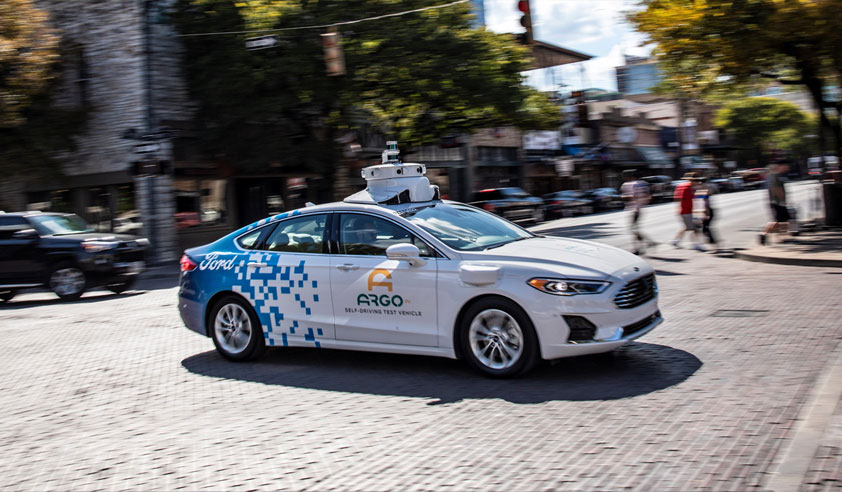

A Message from Austin Mayor Steve Adler
Almost 75 percent of Austinites commute by driving alone in personal vehicles. This is simply unsustainable. Our 20-year goal is for at least 50 percent of people to take advantage of other transportation options, like buses or bicycles. With our region’s population on track to double in the next 20 to 25 years, it’s clear we need to re-think how our right-of-way is used if we want people to be able to move around our city.
That’s why it’s exciting that Ford is bringing its self-driving vehicle operations to our city. As noted in our Smart Mobility Roadmap, self-driving vehicles offer the potential to expand mobility options for all our residents and present opportunities to increase the capacity of our existing transportation system.
More specifically, we see great potential in two key areas:
> Accessibility — in the future, self-driving vehicles have the potential to increase transportation choices for community members who previously had limited options.
> Safety — according to national findings, 94 percent of crashes now are related to human error. Automated vehicles have the potential to drastically lower that statistic because machines don’t get tired and don’t drive while impaired.
There are still challenges to be resolved, including understanding exactly how changes to our transportation system can best advance our communities. Our Smart Mobility team has been working closely with Ford and we will continue that effort to ensure this technology helps make our city better and more equitable.
The future entry of automated vehicles services into Austin marks a very meaningful opportunity to address issues like safety, equity and accessibility for all. We’re looking forward to seeing how test vehicles can be put to use — and to build out public services based on the foundation that Ford is building in Austin.
A Message from Peter Rander, President, Argo AI
Before a single one of our test vehicles starts driving autonomously in a city, our team at Argo spends a lot of time working with Ford and the city to identify where self-driving cars could make the biggest difference, considering a number of factors, including where the demand is, what the market wants, and how we can meaningfully contribute to the transportation network already in the city.
Over the coming months, our vehicles will be manually driven through east Austin as well as downtown, mapping the city’s main corridors in preparation for autonomous testing. Eventually we will expand beyond these areas, but these initial mapping trips help us develop a comprehensive understanding of the environment around our vehicles. For example, we use sensors on our vehicles to create high-resolution, 3D maps of streets, buildings and all permanent static objects in areas where we plan to operate.
During our mapping process, though, we also get a sneak peek at what challenges may await us. That’s also true in Austin, which features heavy pedestrian activity, notably people riding bicycles and scooters. Scooters are especially interesting because they’re essentially motorized pedestrians, with speedy and unique movement behavior that needs to be accounted for. Austin has more scooter activity than we’ve seen in other cities where we’re currently testing.
In addition to helping ensure our vehicles can safely navigate the streets, we’ll also concentrate on developing a self-driving system that drives as people expect it to. That requires developing a comprehensive understanding of local rules of the road and driving habits, which helps us better anticipate what others will do. These types of details go a long way towards developing a ride experience people feel comfortable with and find convenient.
For a more in-depth overview of how we develop and test self-driving technology, including the training we put our test specialists or vehicle operators through, check out our How We Test page.
Self-driving vehicles are a potentially transformative technology, but we understand that in order for them to be truly successful, we have to build confidence in their safety. Working with Ford as well as city, state and federal officials, we look forward to engaging the Austin community as we aim to build a safe vehicle service that expands access to jobs, transportation and communities.
Building a self-driving vehicle service is hard. To make it work you need the right team in place, as well as a city and residents that embrace the challenges you are trying to tackle. For years, Austin has been a place where you can go work out your ideas — and it’s this environment that will make Austin a key part of developing our self-driving future.
Author: Sherif Marakby, CEO, Ford Autonomous Vehicles LLC
